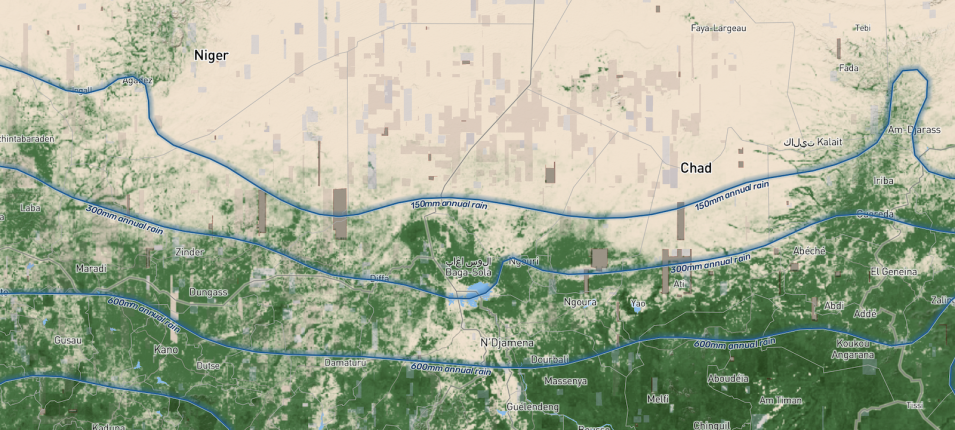Results from a NASA-funded study provide better estimates of carbon sequestered by trees in sub-Saharan Africa and is the cover story in the March 2, 2023, issue of Nature. NASA's Compton Tucker, lead author of the study, and a NASA and multi-national research team used more than 300,000 satellite images to map more than 9.9 billion tree crowns across semi-arid sub-Saharan Africa north of the Equator. Tree crowns were converted into tree carbon using allometry provided by three team members.
The research results established a framework for mapping carbon stocks at the level of individual trees at a sub-continental scale, will help improve ecosystem models, and will be a tool for restoration efforts. The research team's work is available via a data visualization tool that can be accessed locally using browsers that support WebGL: Chrome, Safari 9 and above, the latest Firefox, and Microsoft Edge 13 with Win10.
